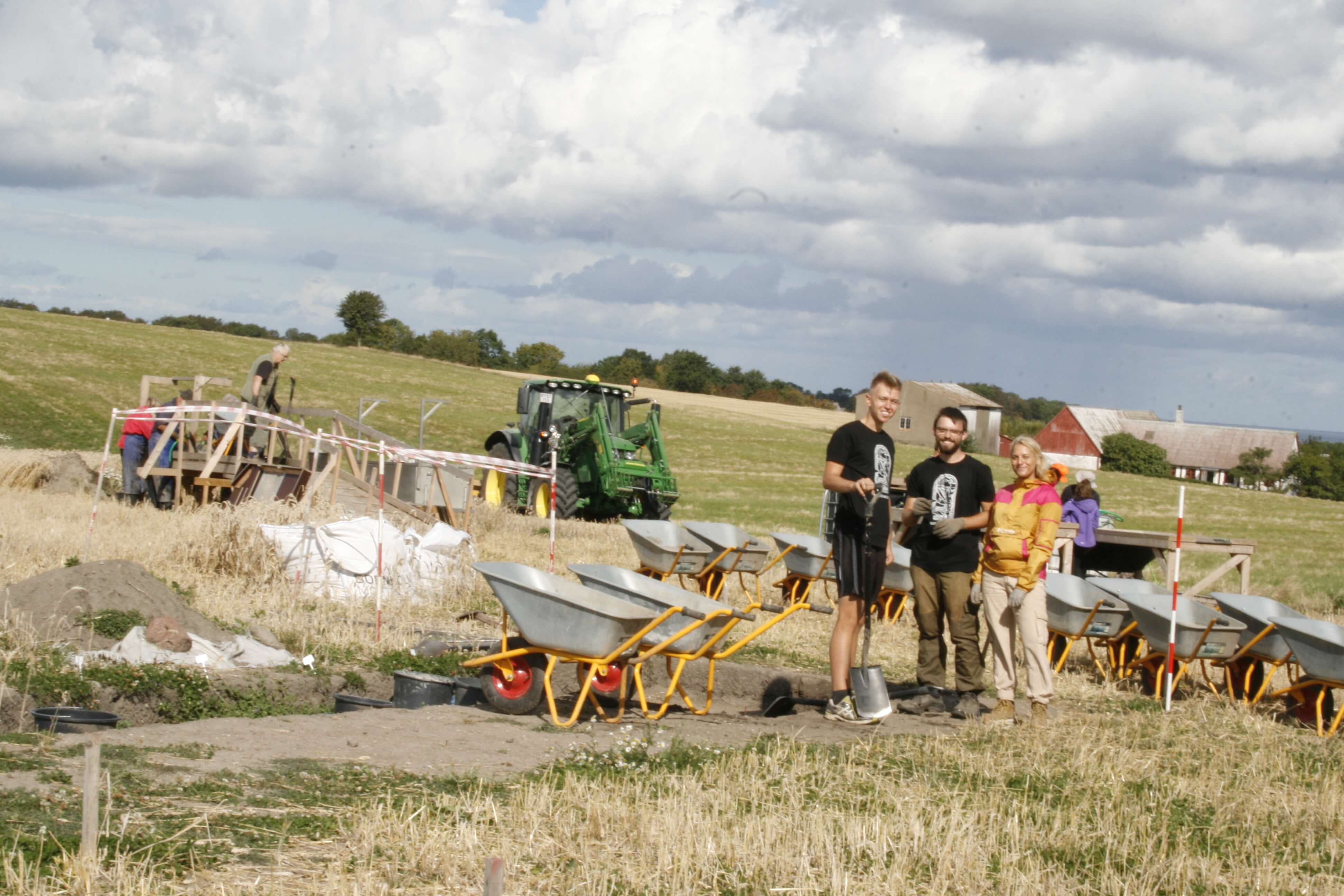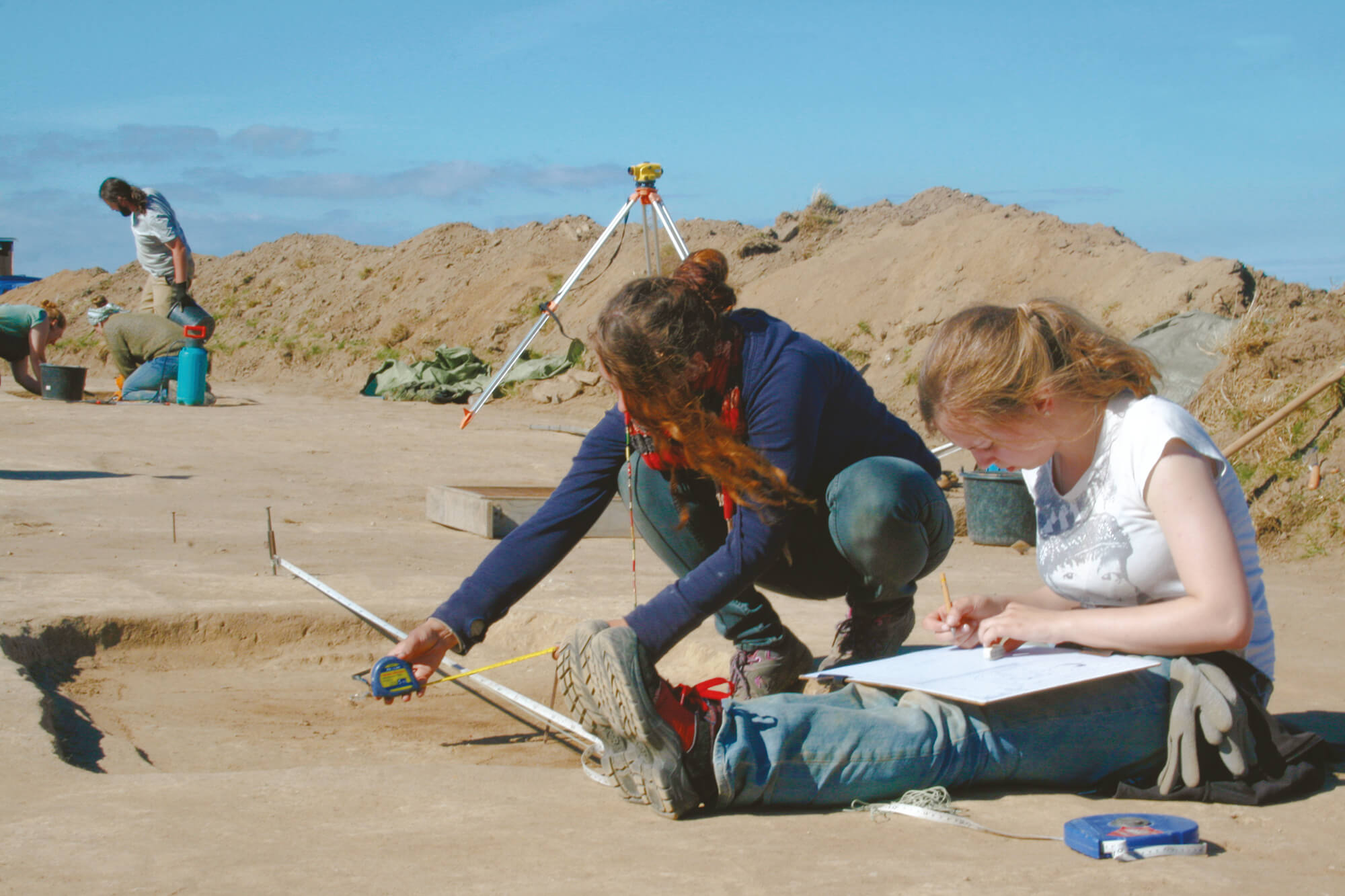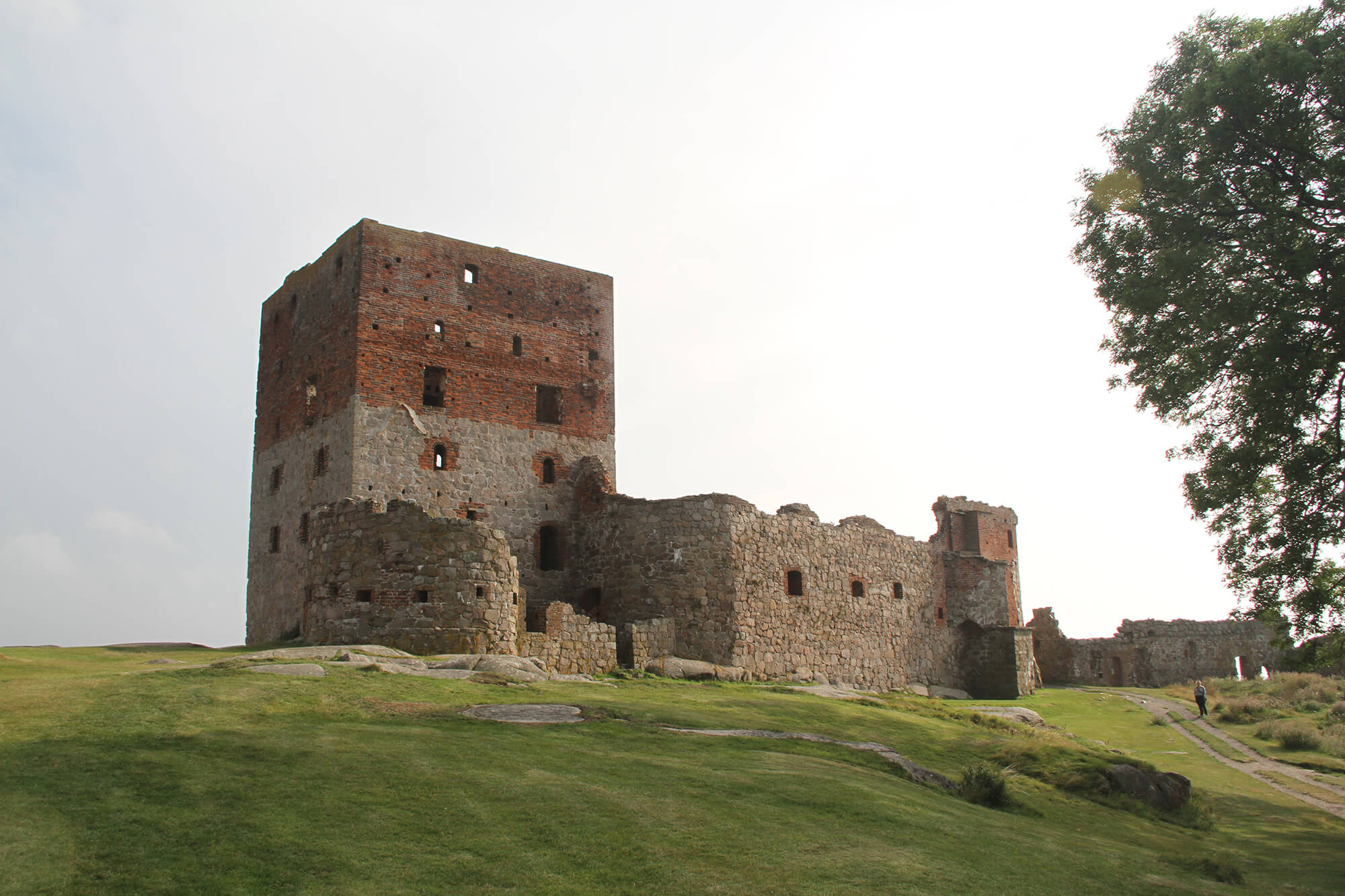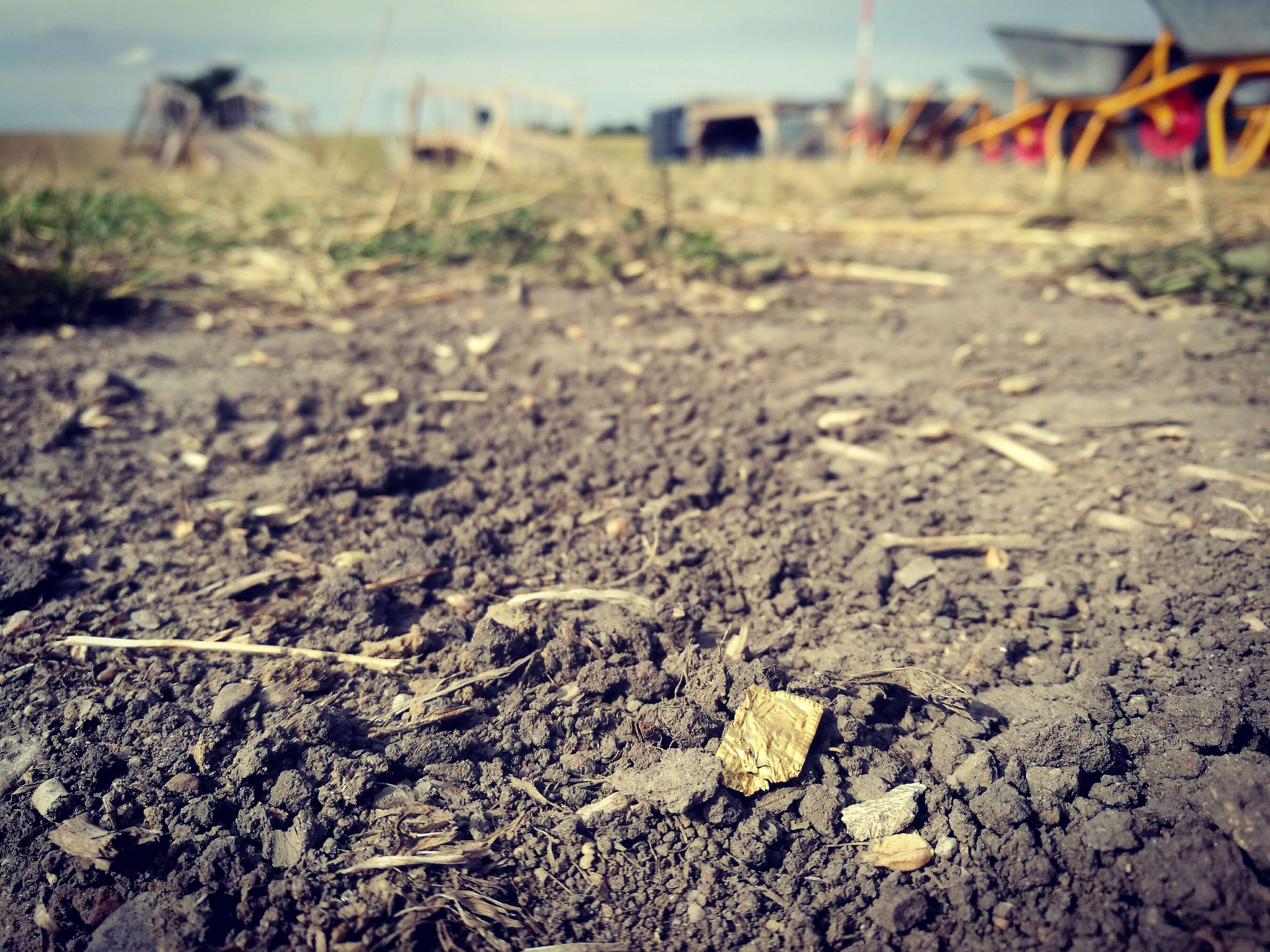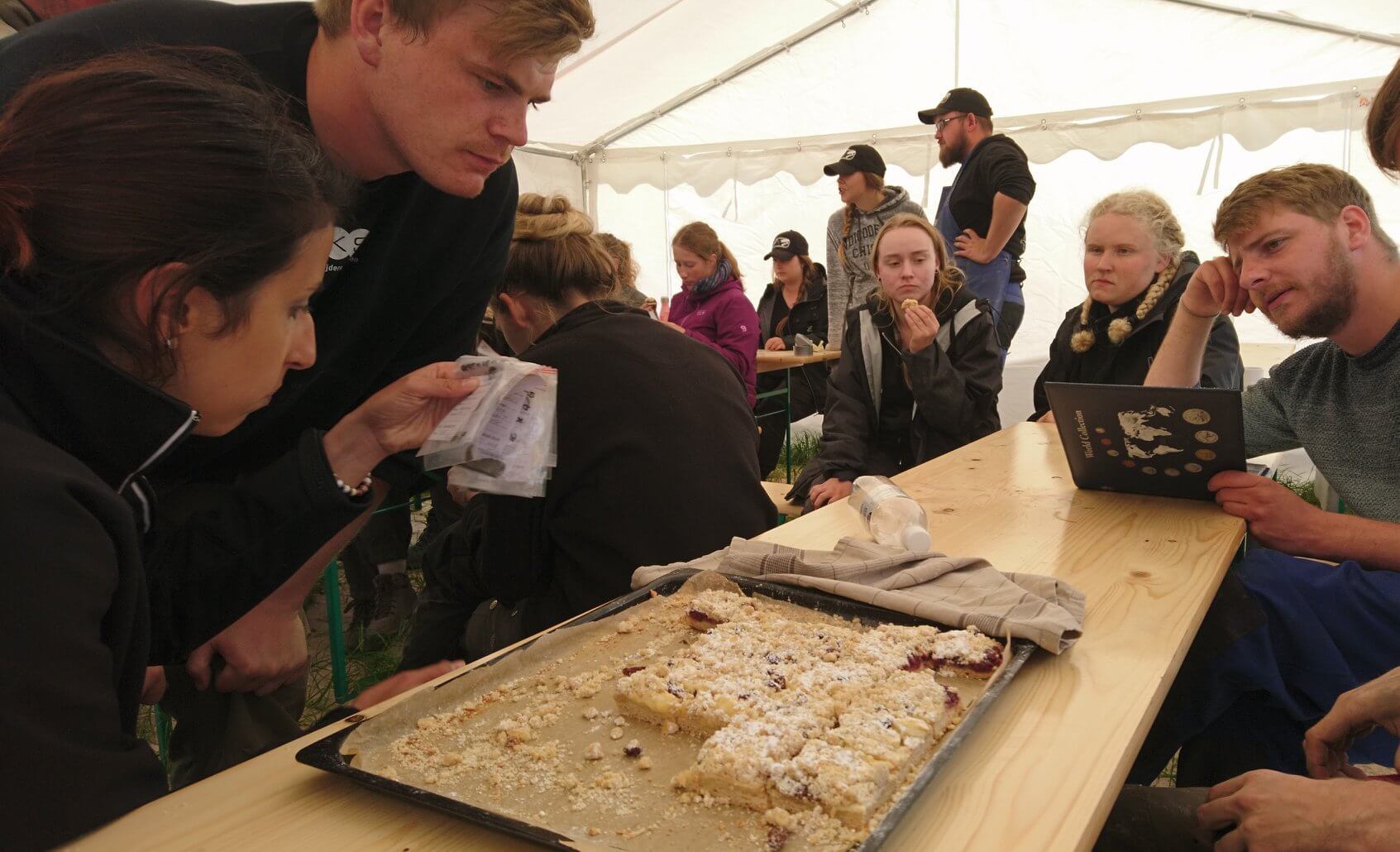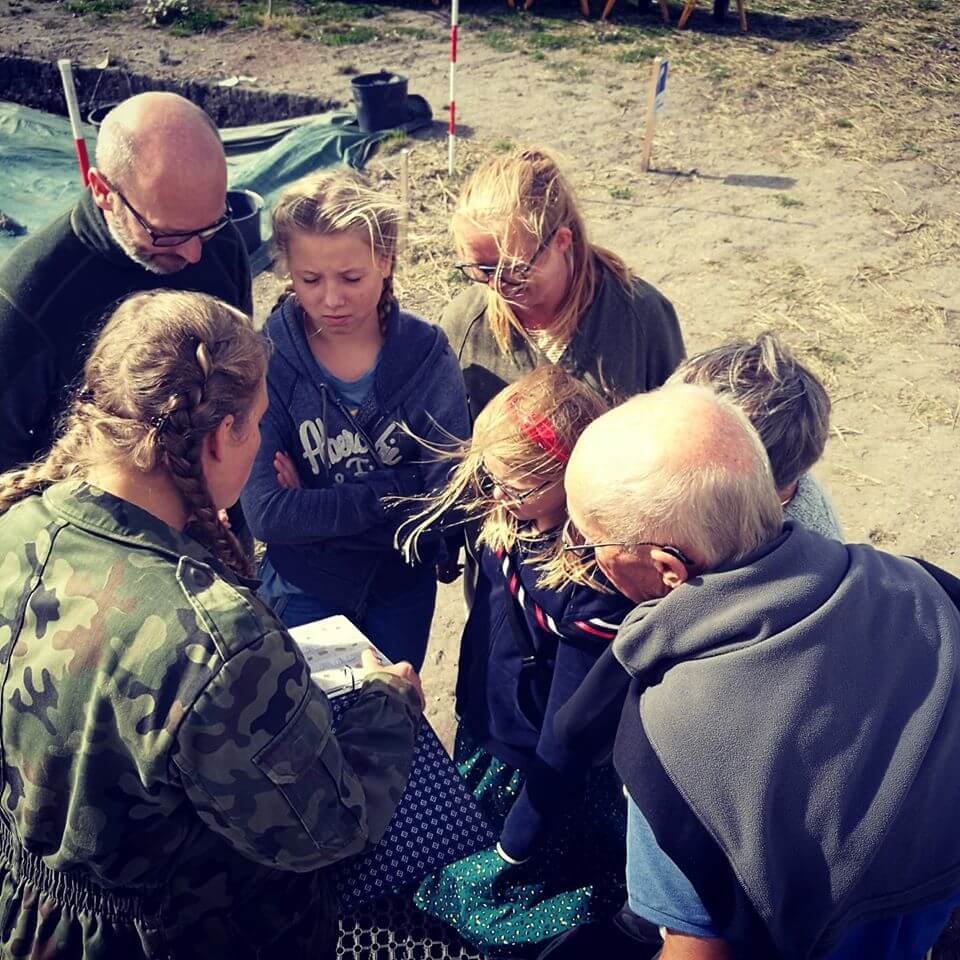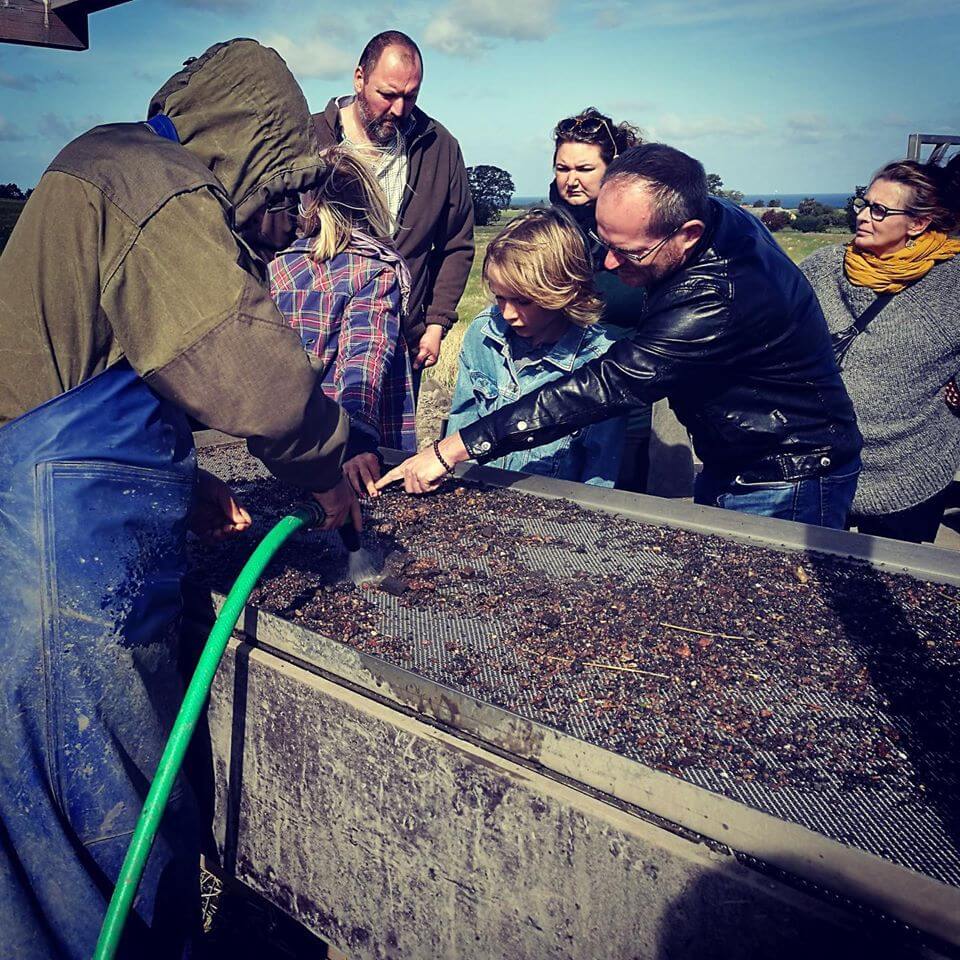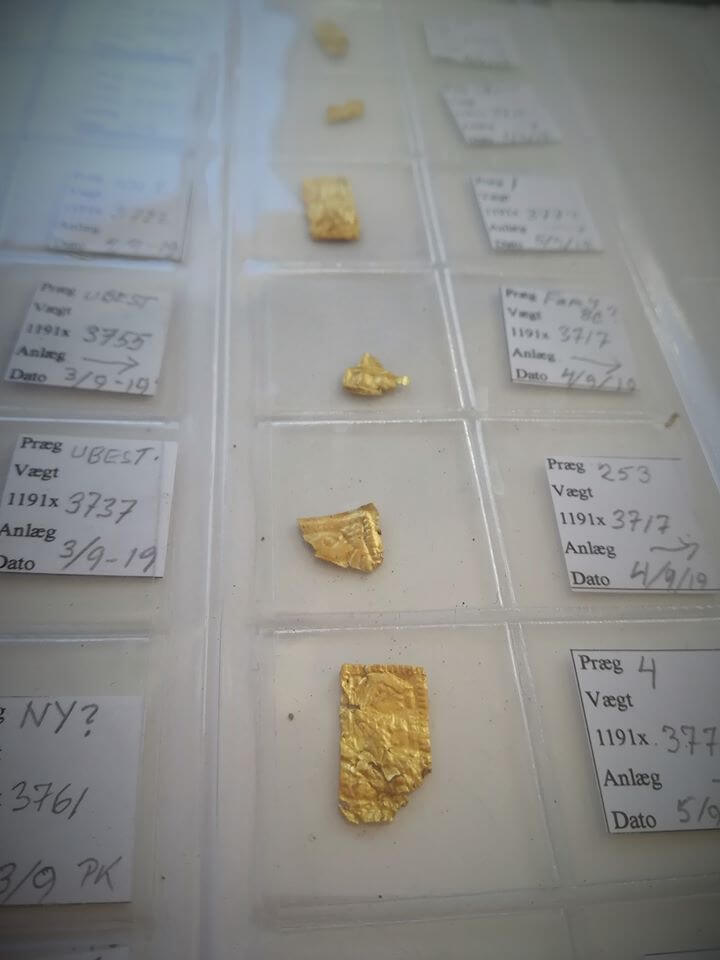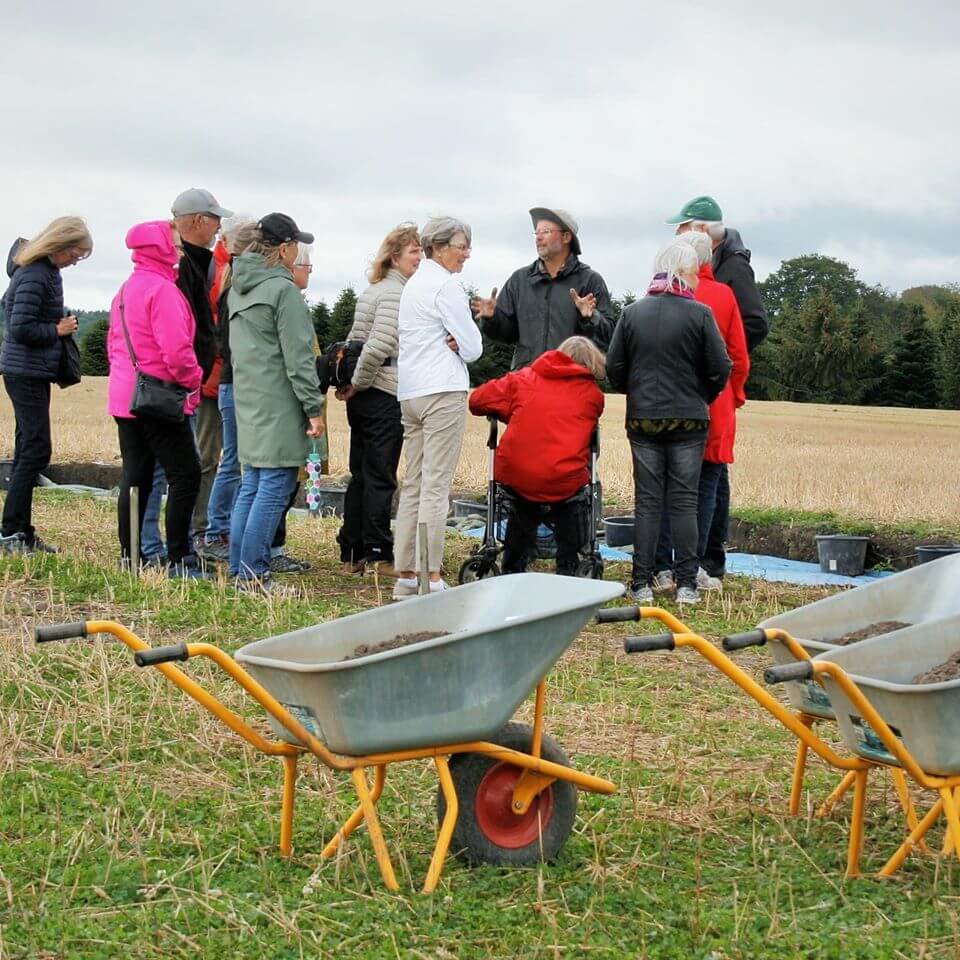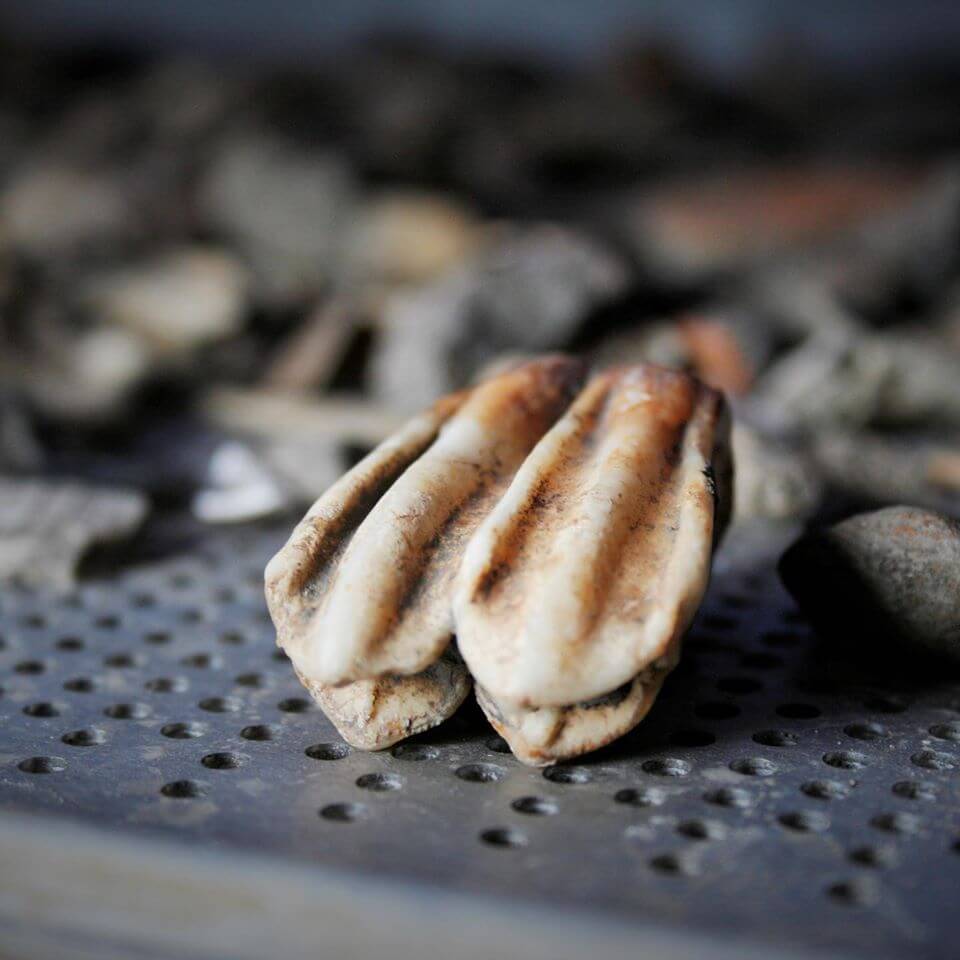
Sorte Muld, Bornholm
Sorte Muld was first discovered in the 15th century, but was not considered of archaeological interest before 1869, when the first proper excavations took place. From the large amount of excavated material and the black soil, which characterizes Sorte Muld and gives it its name in Danish, it was possible to prove that Sorte Muld had been an active settlement. The finds consisted of ceramics, animal bones, combs made of bone as well as weaponry, which proved the site had been a settlement as well as a site of local production. Evidence of gold foil pieces, beads and Roman glass, along with the site’s location near the sea, ensured travelers had visited the site in order to participate in trade and possible ritual feasts. Sorte Muld is particularly well known for having the largest amount of “guldgubber” – gold artisan objects, amulets or offerings – in Scandinavia. It also provides many other sensational finds from early Iron Age (500-800 AD). Altogether, more than 2600 guldgubber has been found at the site and these small, thin gold figurines are believed to have been offered at rituals. The special finds from Sorte Muld proves that the site had a great importance to the prehistoric population and must have been used for gatherings and ritual parties. Several excavations and surface investigations have since then taken place, and every investigation has revealed new discoveries that continue to emerge from the earth and shape our understanding of Sorte Muld’s past.
As mentioned, “Sorte Muld” literary meaning “Black Soil” is the name of this very rich iron age settlement, which is 2 km south west of Svaneke on Bornholm. It is distinguished by its dark colored and lush soil due to hundreds of years of residency by a huge settlement. Sorte Muld has been inhabited since the Stone Age until recent times, and this can be observed through the range and scale of materials recovered from the topsoil over the years and now held in the Bornholms Museum.
Already in the Roman Iron Age it was a rich place, but in Germanic Iron Age it developed into one of Scandinavia’s most important centers. Sorte Muld is thought to be the seat of a chieftain or perhaps even king who was the dominant power on Bornholm, and who had connections far outside the island. This gave the population a strategic advantage if enemies were approaching from the Baltic. The most intense use of the area occurred during the Iron Age, especially from the Roman Iron Age through the Migration Period and Late Germanic Iron Age, when Sorte Muld was the supra-regional center, acting as a unifying force for the surrounding area.
The decline of the site seems to roughly coincide with the establishments of trading centers along the south coast of the Baltic Sea, from late 8th century onwards. This could very well have undermined the financial basis for Sorte Muld as an important intermediate station in the Late Iron Age. Early written sources mention that by the 9th century, ships sailed past Bornholm without stopping, and years later, Sorte Muld was occupied by the Vikings.



